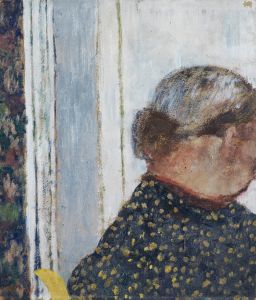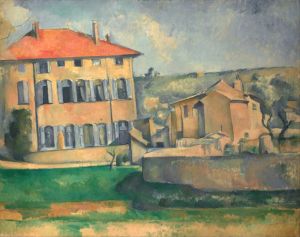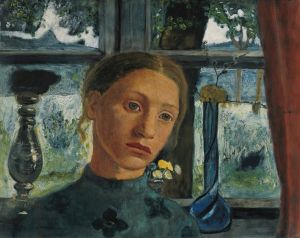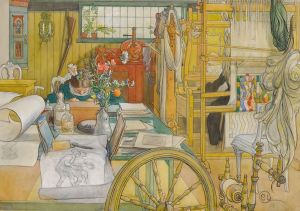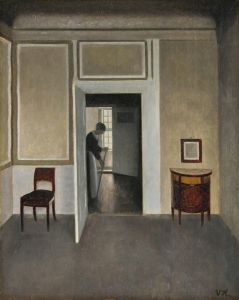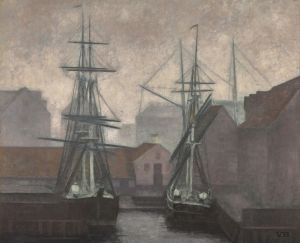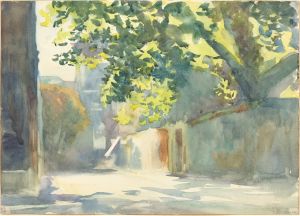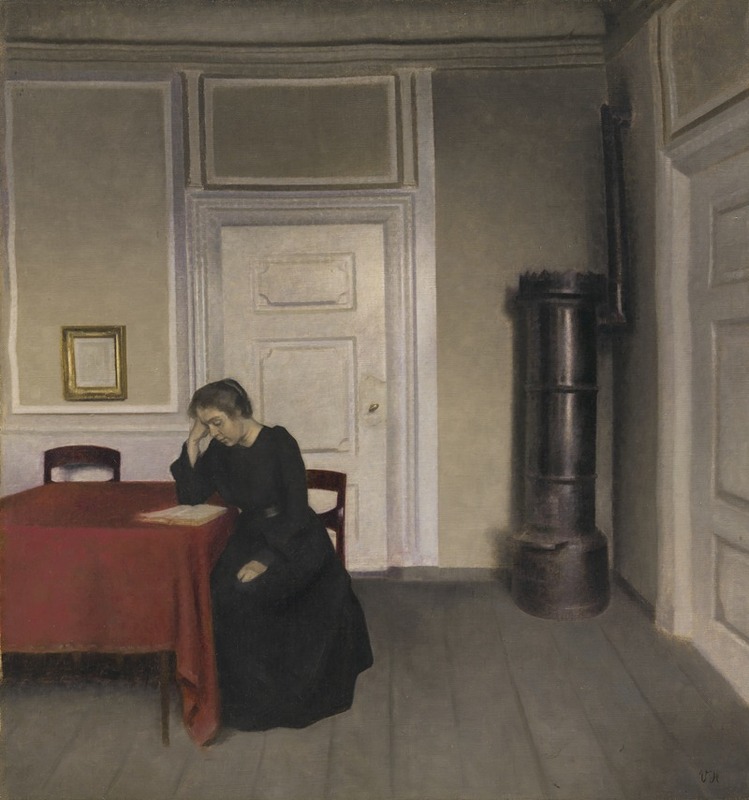
A Room in the Artist’s Home in Strandgade, Copenhagen, with the Artist’s Wife
A hand-painted replica of Vilhelm Hammershøi’s masterpiece A Room in the Artist’s Home in Strandgade, Copenhagen, with the Artist’s Wife, meticulously crafted by professional artists to capture the true essence of the original. Each piece is created with museum-quality canvas and rare mineral pigments, carefully painted by experienced artists with delicate brushstrokes and rich, layered colors to perfectly recreate the texture of the original artwork. Unlike machine-printed reproductions, this hand-painted version brings the painting to life, infused with the artist’s emotions and skill in every stroke. Whether for personal collection or home decoration, it instantly elevates the artistic atmosphere of any space.
Vilhelm Hammershøi's painting A Room in the Artist’s Home in Strandgade, Copenhagen, with the Artist’s Wife is a notable example of the Danish artist's distinctive style, characterized by subdued tones, quiet interiors, and a sense of introspection. Completed in 1901, the work depicts a room in Hammershøi's apartment at Strandgade 30 in Copenhagen, where he lived with his wife, Ida Ilsted Hammershøi. The apartment served as the setting for many of his interior paintings, which often featured Ida as a model.
The painting portrays a serene domestic scene, with Ida seated and turned away from the viewer, her figure blending harmoniously into the muted, minimalist surroundings. The composition emphasizes the interplay of light and shadow, with soft daylight filtering through the windows and illuminating the room's simple furnishings. Hammershøi's use of a limited color palette—dominated by shades of gray, white, and beige—enhances the tranquil and contemplative atmosphere of the scene.
Hammershøi's work is often associated with Symbolism and has been compared to the paintings of Dutch Golden Age artists such as Johannes Vermeer, particularly in his focus on quiet, everyday moments and his mastery of light. However, Hammershøi's interiors are distinct in their austerity and modern sensibility, reflecting a unique artistic vision.
The painting is now part of the collection of the Statens Museum for Kunst (National Gallery of Denmark) in Copenhagen, where it continues to be admired for its subtle beauty and emotional depth. Hammershøi's work has gained increasing recognition in recent decades, and he is now regarded as one of Denmark's most important artists from the late 19th and early 20th centuries.





